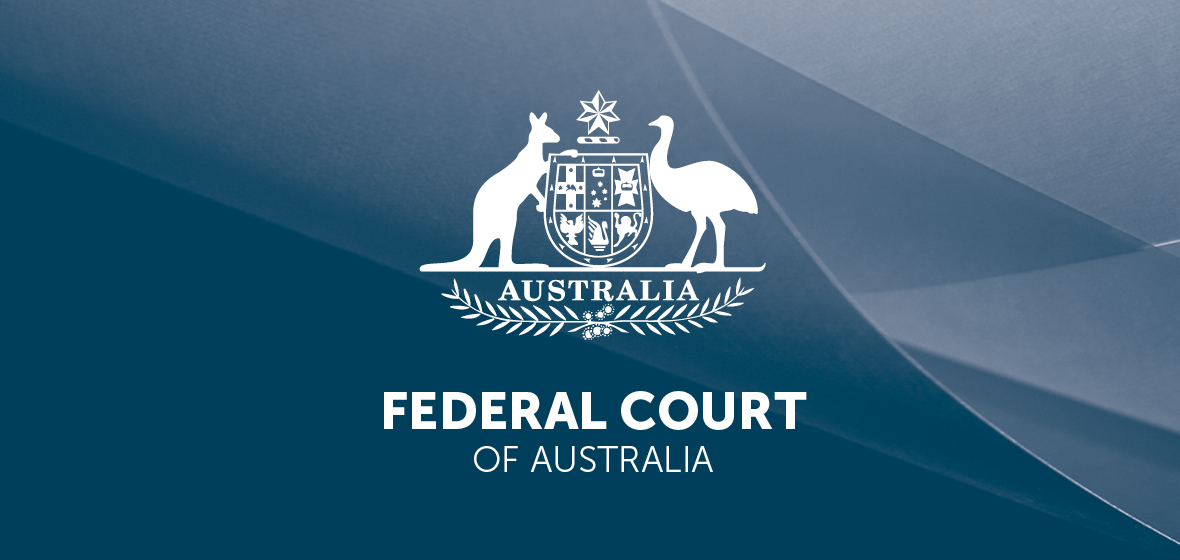Key decisions
- Commonwealth Bank of Australia v Kojic [2016] FCAFC 186
- Culleton v Balwyn Nominees Pty Ltd [2017] FCAFC 8
- BRK15 v Minister for Immigration and Border Protection [2016] FCA 1570
Consumer law
Approach to the meaning of statutory unconscionable conduct – whether knowledge of officers and employees can be aggregated and attributed to a corporation to find the corporation acted unconscionably
Commonwealth Bank of Australia v Kojic [2016] FCAFC 186 (21 December 2016) was an appeal from orders that the Commonwealth Bank of Australia (the Bank) pay damages consequent upon a conclusion that the Bank had engaged in conduct that was unconscionable contrary to ss 51AB and 51AC of the Trade Practices Act 1974 (Cth) (‘TPA’). The Full Court (Allsop CJ, Besanko J and Edelman J) allowed the appeal.
The primary judge (Mansfield J) found the Bank liable for unconscionability under the TPA in relation to a mortgage over property (and borrowings) in which Kojic purchased a half interest. The conclusion of the primary judge rested on the aggregation of the knowledge of two of the Bank’s officers. The primary judge held that although no individual of the Bank had acted unconscionably within the meaning of ss 51AB and 51AC of the TPA, the Bank had acted unconscionably because the knowledge of two of its officers could be aggregated and then attributed to the Bank.
The Full Court held that the primary judge erred in aggregating knowledge of the Bank’s officers. Justice Edelman gave the leading judgment on this issue (with whom Allsop CJ generally agreed (at [62] and [65]), as did Besanko J (at [78] and [81]), subject to some of their own comments).
Relevantly, Edelman J held that the primary judge’s decision to aggregate the knowledge of the two Bank employees rested upon a misunderstanding of the decision of the High Court in Krakowski v Eurolynx Properties Limited (1995) 183 CLR 563 (‘Krakowski ). The decision in Krakowski received detailed consideration by Edelman J (at [119]-[142]). Justice Edelman canvassed subsequent cases in which Australian courts have correctly and incorrectly applied the majority decision in Krakowski (at [143]-[149]). In concluding, Edelman J stated (at [153]): ‘Although this is not such a case, it is possible that there could be examples where a corporation acts unconscionably even though no individual has acted unconscionably. For instance, in a case where no individual has the knowledge required to establish wrongdoing, it might be difficult for a corporation to avoid a finding that it has acted unconscionably if it puts into place procedures intended to ensure that no particular individual could have the requisite knowledge. The same might be true if a corporation’s procedures were such that those formulating them were reckless about serious consequences …’.
In addition, the Full Court disagreed with the primary judge’s conclusion that the Bank acted unconscionably even if one combined the knowledge of the Bank’s officers as the primary judge did. On this aspect of the appeal, Allsop CJ gave the leading judgment and examined the meaning of unconscionable conduct in the statutory sense (at [53]-[61]; with whom Besanko J agreed at [71] and Edelman J agreed at [84]-[85]). The task is not limited to finding ‘moral obloquy’ or some other synonymous definition or rule. In summary, there is an evaluation based on the notion of business conscience according to legislative norms and values and made against an assessment of the circumstances. Chief Justice Allsop examined the evaluation process by reference to his earlier judgment in Paciocco v ANZ Banking Group Ltd (2015) 236 FCR 199 (which at [55] in Kojic he noted was regarded as correct by certain members of the High Court in Paciocco v ANZ Banking Group Ltd [2016] HCA 28).




